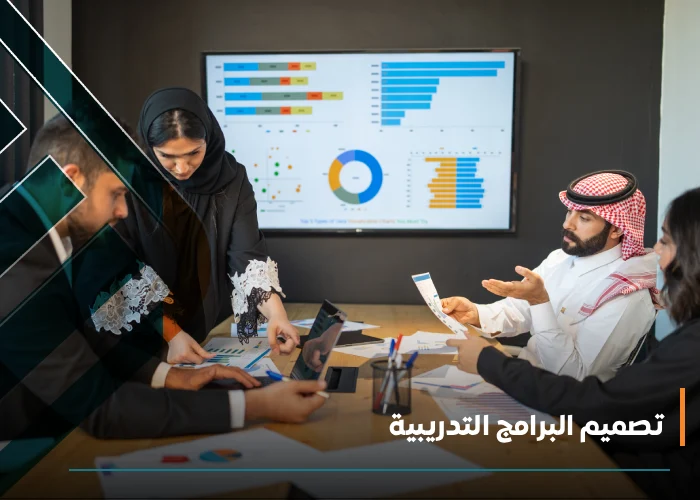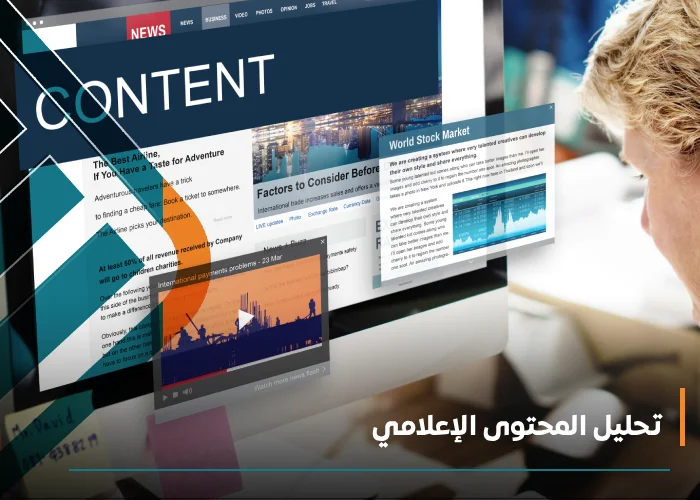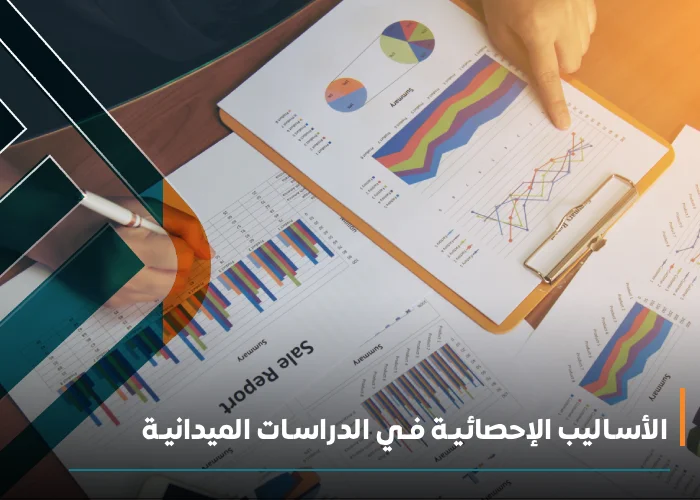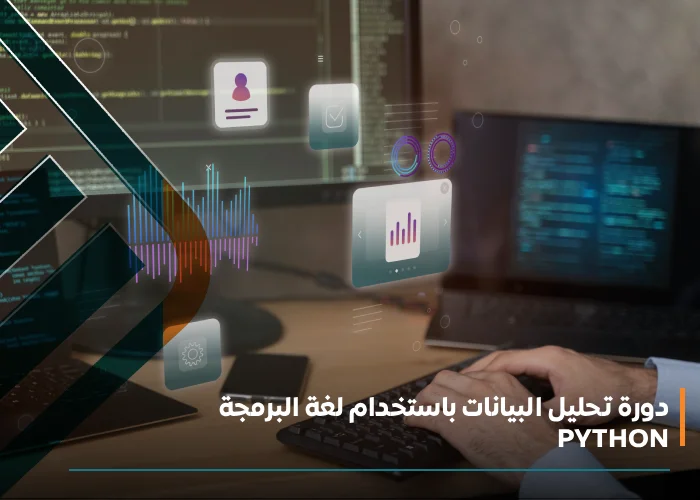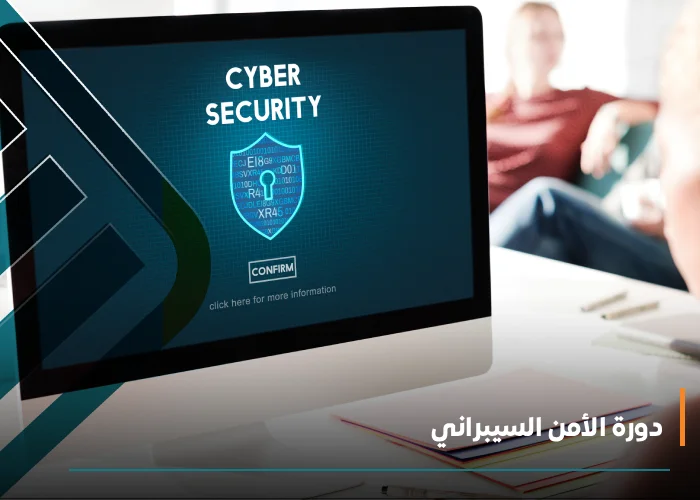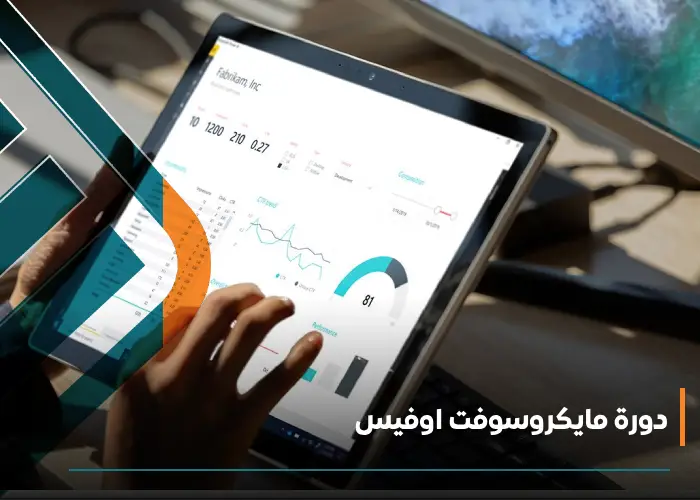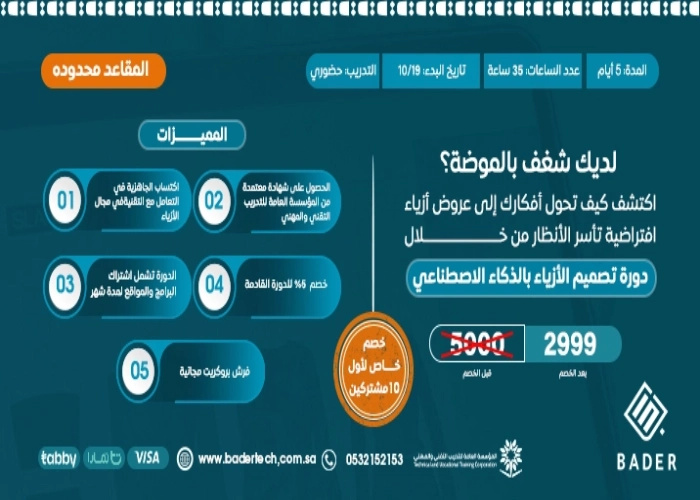About course
In today’s fast-paced world, communication skills are essential for building successful relationships between organizations and their audiences. Effective communication in public relations (PR) forms the foundation for connecting institutions with their internal and external publics. A strong communication strategy helps improve an organization's image, build trust with stakeholders, and achieve its goals. This specialized course in communication offers the tools and skills you need to master the art of communication between an organization and its audience, both internally and externally.
In this course, you will learn how to develop institutional communication strategies that enhance the organization’s image, as well as how to manage media crises and expand communication through social media platforms. The course also covers improving communication skills between team members within the organization and with the general public, helping you manage relationships professionally and achieve organizational goals efficiently. If you aim to become a leader in communication within public relations, this course will give you the opportunity to enhance your skills and expand your knowledge in advanced communication strategies.
The Importance of Communication in Public Relations
Effective communication is crucial for establishing strong and lasting relationships between an organization and its audience. Communication serves as the cornerstone of PR efforts, helping organizations improve their image and enhance their reputation. Well-executed communication also plays a pivotal role in achieving strategic organizational goals.
-
Enhancing the Organization’s Public Image
Communication is the primary tool for building and enhancing an organization’s public image. By sending the right messages and interacting effectively with the media and the public, an organization can present itself positively and build a strong reputation. In the digital media age, the impact of communication has increased significantly, as organizations can now manage their image through proactive engagement with the news and online content.
-
Building Trust with the Audience
One of the main goals of communication in public relations is to build trust with the target audience. Effective communication with both internal (employees) and external (customers, media, public) audiences is crucial for organizational success. By providing clear and transparent information, PR efforts help gain the audience’s trust and foster strong relationships.
-
Managing Media Crises
Managing media crises is an essential part of communication in public relations. When an organization faces a media crisis, fast and effective communication is the key to minimizing potential damage. A well-thought-out communication strategy is required to manage interactions with the media and the public to protect the organization’s reputation. With effective communication strategies, PR professionals can turn a crisis into an opportunity to enhance trust.
-
Achieving Organizational Goals
Communication in public relations plays a central role in achieving an organization’s strategic goals. Through the creation of effective media and advertising campaigns, PR specialists can convey the organization’s messages in alignment with its goals. Whether the goal is to increase sales, improve relationships with the community, or expand into new markets, effective communication is a vital tool for achieving these objectives.
-
Engaging with the Media
Effective communication in public relations is essential for engaging with the media. Good media coverage is one of the most effective ways to get the organization’s messages to a wide audience. By preparing press releases and organizing press conferences, PR professionals can improve communication with journalists and media outlets, ensuring the accurate and reliable dissemination of news.
-
Improving Customer Relationships
Through communication in public relations, an organization can strengthen its relationships with both current and potential customers. Continuous communication with customers via social media, email, or special events such as exhibitions and conferences helps foster long-term relationships. Customers who feel connected to the organization are more loyal, which enhances the organization’s reputation and drives sales.
Types of Communication in Public Relations
Communication is an essential tool for building strong relationships between organizations and their audiences. There are several types of communication used in public relations, each serving a specific role in achieving communication goals and enhancing the organization’s reputation. This section explores the main types of communication in PR and how to apply them effectively.
-
Internal Communication
Internal communication occurs within the organization between employees and management. It is fundamental to PR because it enhances interaction and collaboration among teams. Internal communication includes team meetings, internal newsletters, and management updates, all of which contribute to improving team spirit and fostering a sense of belonging within the organization.
Importance of Internal Communication:
-
Improves communication between departments.
-
Enhances transparency and trust among employees.
-
Supports shared initiatives and organizational goals.
-
-
External Communication
External communication takes place between the organization and external audiences, such as the media, customers, and partners. External communication involves sending messages through various media channels (press conferences, press releases, advertisements, social media) to reach the target audience.
Importance of External Communication:
-
Builds a positive public image for the organization.
-
Expands the organization’s reach and establishes relationships with business partners.
-
Increases the organization’s influence in the market.
-
-
Media Communication
Media communication is a specific form of communication in PR that focuses on dealing with media outlets. This includes sending press releases, organizing press conferences, and interacting with journalists to cover events and activities related to the organization. The goal of media communication is to ensure that the organization’s messages reach the audience accurately and effectively.
Importance of Media Communication:
-
Enhances media coverage of the organization.
-
Influences public opinion through the media.
-
Builds long-term relationships with journalists and media outlets.
-
-
Personal Communication
Personal communication involves direct interaction between individuals within the organization or between representatives of the organization and the public. This type of communication occurs through meetings, phone calls, or in-person encounters. Personal communication is an effective tool for building trust and transparency with clients and stakeholders.
Importance of Personal Communication:
-
Strengthens personal relationships with clients and partners.
-
Allows for immediate feedback from the audience.
-
Builds customer loyalty.
-
-
Digital Communication
With the widespread use of the internet and social media, digital communication has become an essential component of PR strategies. Digital communication includes interacting with the audience through platforms like Facebook, Twitter, Instagram, and blogs. It is used to engage with the audience quickly and efficiently and to promote messages about the organization.
Importance of Digital Communication:
-
Reaches a wide audience faster.
-
Enhances customer engagement through multiple platforms.
-
Improves the organization’s online visibility and increases search engine rankings.
-
-
Interactive Communication
Interactive communication relies on two-way interaction between the organization and the audience. This type of communication includes surveys, customer interviews, and product or service reviews. Interactive communication helps improve strategies and identify audience needs.
Importance of Interactive Communication:
-
Gathers feedback and opinions from customers.
-
Enhances products and services based on feedback.
-
Strengthens audience engagement with the organization.
-
Communication Skills in Public Relations
Communication skills are one of the most important elements in building an organization’s image and enhancing its relationships with its audience. Public relations professionals need the ability to communicate effectively with all relevant parties, including employees, journalists, and target audiences. Below are some of the key communication skills that every PR professional must possess.
-
Active Listening
Good listening is one of the most important communication skills in public relations. A PR professional must be a good listener to understand the needs of the audience or the media. The ability to listen carefully helps identify priorities and build strong communication strategies.
-
Excellent Written Communication
Writing press releases and media reports is an essential part of the PR professional's daily work. Effective and persuasive writing skills help deliver messages clearly and accurately. By writing concise and impactful messages, PR specialists can influence the audience and media outlets.
-
Public Speaking and Effective Presentation
Public speaking skills are essential for effective communication in public relations. PR professionals need to express themselves confidently during press conferences or public seminars. The ability to persuade the audience and present ideas smoothly and effectively is one of the core communication skills in PR.
-
Social Media Management
In today’s digital age, social media is an indispensable tool for communication in PR. Platforms like Twitter, Facebook, and Instagram allow PR professionals to reach a broad audience quickly and effectively. Managing official accounts and interacting with followers intelligently is one of the most vital skills in this field.
-
Crisis Communication Management
When a crisis arises, communication skills in public relations are essential for managing the situation professionally. PR professionals must be able to respond quickly and handle interactions with the media in a way that ensures the organization’s reputation is preserved and the damage minimized.
-
Negotiation and Persuasion
Negotiation and persuasion skills are very important for building relationships with the media and other stakeholders. Whether negotiating media coverage or convincing journalists to publish the organization’s news, persuasion skills play a significant role in improving relationships and building a positive image.
Join the Press Conference Organization Course
Now, join the Press Conference Organization course at Bader Academy for Training and gain the skills you need to succeed in the field of public relations! Bader Academy offers specialized and professional education with practical training from the best trainers in the field. Our features include accredited certificates, interactive training, continuous support, and access to the latest strategies in public relations. Don’t miss out on the opportunity—register now and start your professional journey with Bader Academy!









